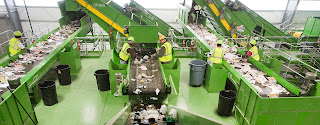See 9 tips on how to open a food business
Today, according to the Food Safety and Standards Authority of India Service India (FSSAI), the food service market has an estimated value of R $ 60 billion in revenue, generating more than 220 thousand jobs in India. And the estimate is that, in 2019, the sector will reach the value of R $ 230 billion. Well, there are several reasons why we came to this result. First, the eating habits of Indian have undergone major changes in recent years. In addition, the increase in the urban population, the level of education, the purchasing power and the participation of women in the labor market were also relevant for the snack bar and restaurant market. And there was also an increase in the income of Indian, the sophistication of their habits, and a trend that seems to be here to stay: culinary programs have awakened people's attention to new aspects of food. So many favorable factors, however, do not mean that maintaining a business in the food busines...

